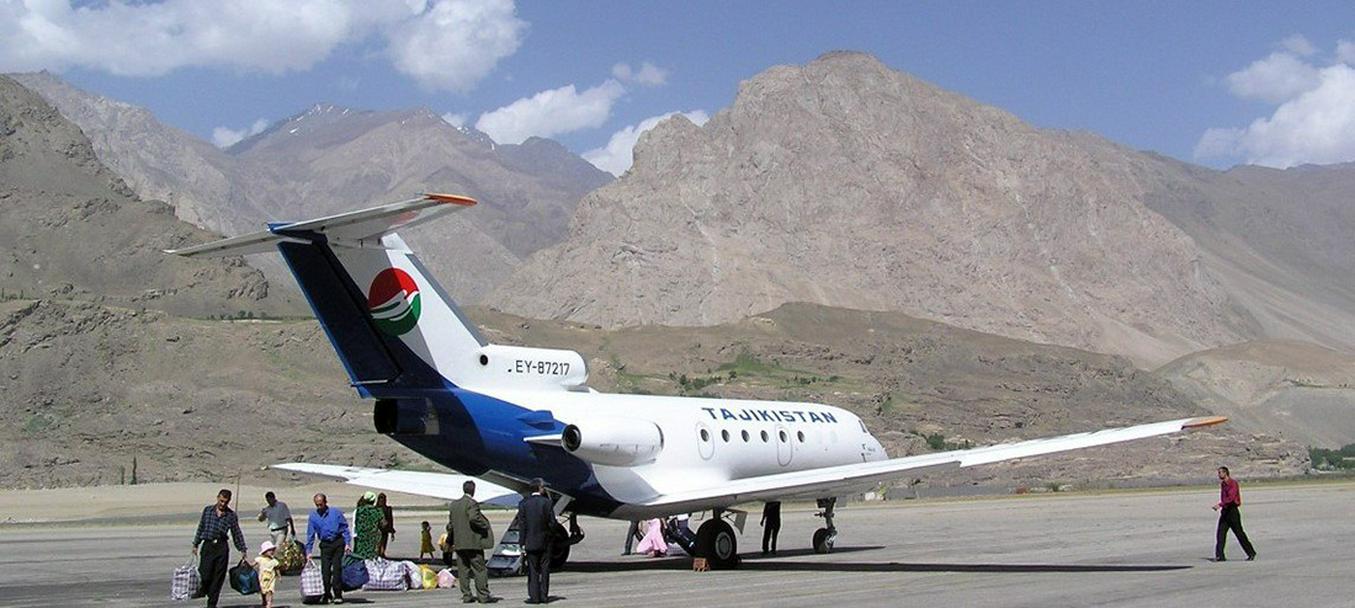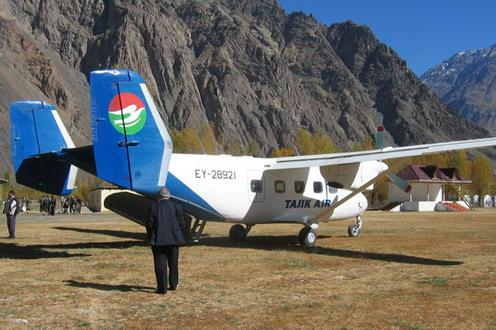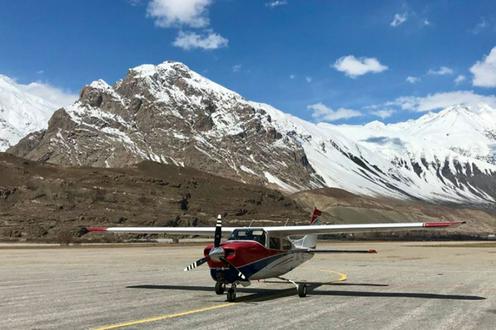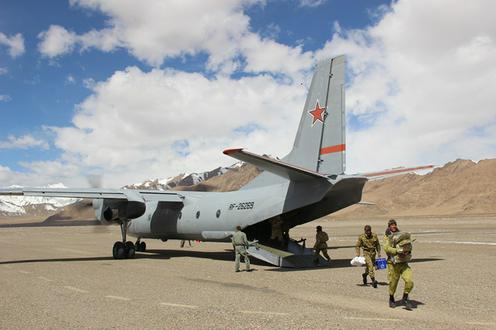A minimum of 12-13 hours’ journey by car, half of it along untarmacked and poorly maintained roads – this is what faces residents of the Tajik region of the Pamirs who wish to get from Khorog, located at a height of over 2000m, to Dushanbe and vice versa. There is currently no other way to cover the distance between the capital city and the administrative centre of the Gorno-Badakhshan Autonomous Region (GBAR): no trains go to Khorog, the troubled state airline Tajik Air stopped running flights there in 2017, and foreign organisations are denied authorisation for the route. For those who are physically unable to withstand the long car journey, the waiting list for the single helicopter owned by the Aga Khan Foundation which currently makes the trip is several weeks long. Tajikistan’s largest region – and its most attractive one for tourists – with a population of 220,000 people, effectively remains disconnected from the centre.
The “Road from Hell”
Since her operation – a month ago she was fitted with an endoprosthesis – Madina M.’s sister has been moving between the apartments of various friends and relatives in Dushanbe. Her small children are waiting for her back home in Khorog, but she is unable to join them as doctors have forbidden her from travelling by car.
“They brought her from Khorog to Dushanbe a month ago for the operation. Everything went well, and now she’s fine, but the doctors won’t allow her to return home by car: half the journey is along a dirt road and it’s just too bumpy for her,” Madina tells us.
After her sister’s operation, she explains, they bought a ticket for a flight that the humanitarian organisation Ractec International began operating in June of this year. The organisation ran bi-weekly trips to Khorog on a six-seater plane from the military airbase at Fakhrabad, not far from Dushanbe.
”We had put a lot of hope into this flight. We bought the ticket, but then two days before the flight, they phoned and said it was cancelled. They told us to wait. So we’re waiting. She’s got nowhere to live in Dushanbe and since the operation she’s already been bouncing from one apartment to another, because we can’t afford to rent somewhere for her. Her kids call every day from Khorog: “Mummy, come home”. But Mummy can’t go home,” says Madina.
A similar story is related to us by another resident of Khorog, who has preferred to remain anonymous. Except that in this case it is her pregnant daughter who needs to get from the GBAR’s administrative centre to Dushanbe.
“We had a family tragedy – my husband died. My pregnant daughter came from Dushanbe to Khorog for the funeral and stayed here for 40 days. What with all the pain and sorrow and everything, she ended up giving birth prematurely. Now she can’t get back to Dushanbe to her other kids, and they can’t come here because they have to go to school. So we have to wait until the new baby grows a bit bigger and stronger and can manage this road from hell,” she says.
What she describes as the “road from hell” is indeed a pretty unpleasant experience even for the physically fit: starting from the Darvaz region (located almost half way between Dushanbe and Khorog), the route becomes a series of winding mountain turns over patchy and crumbling Soviet-era asphalt. Each year its condition deteriorates, and if something is not done soon then the GBAR will lose even this vital artery.
Only sturdy off-road vehicles traffic these twisting mountain roads: after filling up with passengers, the drivers set off early in the morning. If all goes well, they will cover the 600 kilometres in 12 hours. If not, and some mechanical problem occurs along the way, then this can easily rise to 20 hours. For such a “pleasure” each passenger pays around 300-350 somonis (almost $30-35).
A flight path for the experienced only
In the 1980s, there were still as many as 14 flights a day between Dushanbe and Khorog. Planes also flew to Khorog from Osh in Kyrgyzstan. The price of an air ticket from Dushanbe to Khorog was 16 roubles and the journey took around an hour and a half. This route was (and still is) considered one of the most difficult and dangerous a pilot can fly, since it runs between mountain ridges separated at times by rather narrow corridors. Aviation experts say that in Soviet Tajikistan, this flight path was trafficked only by the very best pilots, those with experience of flying over complicated mountain terrain.
In fact, in 1989 the Tajik civil aviation department occupied first place within Soviet Aeroflot in terms of efficient usage of aircraft capacity. In that year, the country’s airports served over two million passengers.
Air travel to the GBAR was significantly disrupted for the first time at the end of August 1993, following the crash of a Yak-40 aircraft in Khorog in which 82 people lost their lives. Flights to the Pamir region were not resumed for the duration of the Tajik civil war (1992-1997). Air connections were then re-established, but were regularly interrupted for technical reasons. In addition, the frequency of flights dropped dramatically: at best flights left once a day and for various reasons they were often cancelled.
In 2017, the state airliner Tajik Air, which flew the Dushanbe-Khorog route on an AN-28 aircraft, discontinued flights to the GBAR due to financial and technical difficulties. Currently, the private Tajik airline Somon Air does not possess aircraft suitable for the route.
Private companies not authorised
The above-mentioned Ractec International is an American NGO working in Afghanistan, Kazakhstan, Laos, Senegal and Tajikistan, and specialises in flying into hard-to-reach regions. It began operating in Tajikistan four years ago, having agreed a cooperation deal with the national flying club, a subdivision of the Tajik Society for the Promotion of Defence (formerly DOSAAF, Volunteer Society for Cooperation with the Army, Aviation, and Navy) at the country’s Ministry of Defence, and carried out flights to Khorog from the military airbase at Fakhrabad. The company flew small-gauge aircraft with space for just 6 passengers. The flight time was one and a half hours and the cost was 1100 Somonis (almost $110) one way, and free for children under two.
But since 2018, when Ractec International took over the direct running of operations, only 35 flights have taken place. At the start of July 2019, Dushanbe International Airport asked the organisation to pay $101 for every flight to Khorog. Ractec International considered this fee too high and flights were discontinued. It took the intervention of GBAR head Yodgor Fayzov with a direct appeal to the central government for the fees to be revoked and flights to be resumed. But not for long: the republic’s Civil Aviation Agency has now taken an interest in Ractec International, and the organisation’s activities have again been curtailed. Four weeks ago the Agency demanded and received a package of documents from the organisation, but authorisation has still not been forthcoming. The Agency has stated that further documentation is required.
In order to resolve the issue of the American NGO’s flights, about a week ago, the head of the GBAR addressed a letter to the Tajik President Emomali Rahmon. Ractec International’s hopes are currently pinned on this letter. Chief Engineer of the Tajik flight club Mahmadjon Rahimov explains that the initiative for Ractec International’s work in the country originally came from the Tajik side itself.
“In 2000, the President of Tajikistan ordered the then DOSAAF to develop small-scale aviation in order to link isolated regions with the centre. We worked long and hard to find a solution, but there were problems with the aircraft and then with aviation fuel. In the end, four years ago, we came across Ractec International. We invited them to Tajikistan, reached an agreement, obtained all the necessary documents, got hold of a plane and started to fly. But the flights didn’t last long,” says Rahimov.
The engineer explains that Ractec International’s plane fulfils all the ICAO’s requirements, has a valid certificate of airworthiness, a certificate to carry civilian passengers, and its pilots have all the necessary documentation.
“We planned to fly to all the hard-to-reach regions in Tajikistan. The country has seven aerodromes that our flying club can use. The management of Ractec International promised that if there is sufficient demand, they will make a 12-seater aircraft available. The flights are more than in demand: people are not bothered about the price, they even offer to pay more. But they won’t let us operate,” explains Rahimov.
According to the engineer, up until authorisation was withdrawn, pilots carried out three flights a week, and flights were fully booked a whole month in advance. The majority of those who use the service is formed of the elderly and the sick, as well as pregnant women and women with young children – all those who are physically unable to manage the difficult journey by car.
No seats
As a matter of fact, every autumn and spring, flights to Khorog, and even to the GBAR’s most isolated and high-altitude district, Murghab (316km from Khorog), are undertaken by special units of the Border Service of Russia’s Federal Security Service operating out of Novosibirsk and Moscow. But they only carry Tajik border guards serving at distant outposts of the Tajik-Afghan and Tajik-Chinese borders situated within the GBAR (Russia and Tajikistan have a cooperation agreement on border issues). Throughout the whole period of Tajik independence, Russian FSS pilots have been the only ones to land in Murghab, which at an altitude of 3657 metres above sea level was considered the highest inhabited settlement of note in the former USSR.
Another organisation that also carries out regular flights into the GBAR is the Aga Khan Foundation. The Foundation has one helicopter at its disposal, which is officially used to transport representatives of the Aga Khan Development Network’s (AKDN) numerous projects to isolated areas of the region, as well as representatives of partner organisations. Three flights take place each week, and the helicopter has space for 10 people. But, alongside its own representatives, the Foundation’s helicopter now has to carry sick passengers as well.
“You can’t imagine the queues that form for our flights. The waiting list is huge. We have volunteer doctors working with us, and they examine each patient separately: if there really is an urgent need to travel by air, then we register them for a flight. We can’t take everyone, only the very sickest patients,” explains one employee at the foundation, who wishes to remain anonymous.
According to her, due to the large number of those urgently requiring air transport, sometimes AKDN workers are forced to give up their seats on the helicopter to the unwell and make their way to their destinations by car. The organisation does not take any money for the transport of the sick.
“Sometimes we have to take very seriously ill patients, who perhaps need an urgent operation in Dushanbe. But we carry them at our own risk, because this is not an ambulance helicopter, and if anything happens to the passenger during the flight then we bear full responsibility. Besides this, the government requires us to carry its representatives when they need to move around the area.”
But it is not just residents of Tajikistan who are in need of an air connection between the Pamirs and the capital – such a link is desperately needed for visitors to the country too. Every year tourists come to the GBAR, often to partake in some of the most challenging mountain trekking in the world, and serious accidents can and do occur. But Tajik mountain rescuers and tourism companies do not have their own helicopters for such cases.
The issue of reviving regular passenger flights between Dushanbe and the GBAR is of vital interest not only to residents of the Pamirs – the humanitarian component is just one side of the question. The speedy restoration of air links with this region should be of equal import to the central government. The absence of such a link hinders the development of Gorno-Badakhshan, not least when it comes to promoting tourism. And while the state airliner Tajik Air, which currently owns the only suitable aircraft for flights into the Pamirs, the AN-28, is embroiled in financial crisis and struggling to re-establish operations after a seven-month standstill, one can only wonder at the failure of the country’s government to allow onto the aviation market those who are more than ready and willing to work there.
-
 24 November24.11Here’s a New TurnRussian Scientists Revive the Plan to Irrigate Central Asia Using Siberian Rivers
24 November24.11Here’s a New TurnRussian Scientists Revive the Plan to Irrigate Central Asia Using Siberian Rivers -
 11 November11.11To Live Despite All HardshipUzbek filmmaker Rashid Malikov on his new film, a medieval threat, and the wages of filmmakers
11 November11.11To Live Despite All HardshipUzbek filmmaker Rashid Malikov on his new film, a medieval threat, and the wages of filmmakers -
 01 November01.11Catching Up with UzbekistanAlisher Aminov on the Problems of Kazakh Football and Plans to Fix Them
01 November01.11Catching Up with UzbekistanAlisher Aminov on the Problems of Kazakh Football and Plans to Fix Them -
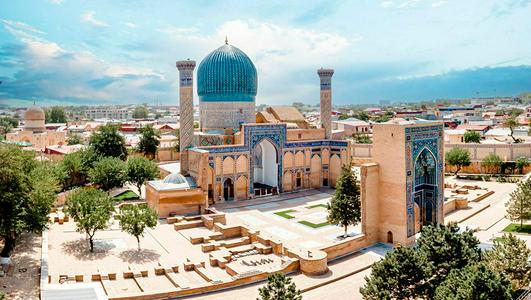 22 October22.10Older Than the Eternal CityWhat has Samarkand accomplished in its three thousand years of existence?
22 October22.10Older Than the Eternal CityWhat has Samarkand accomplished in its three thousand years of existence? -
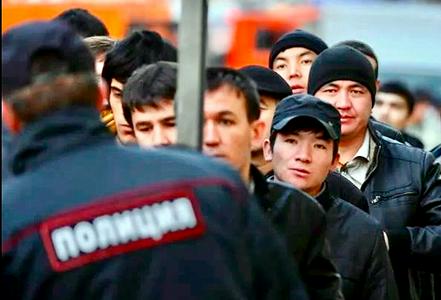 16 October16.10Digital Oversight and Targeted RecruitmentRussia Approves New Migration Policy for 2026–2030
16 October16.10Digital Oversight and Targeted RecruitmentRussia Approves New Migration Policy for 2026–2030 -
 15 October15.10A Step Back into the Middle AgesWhy Kyrgyzstan Should Not Reinstate the Death Penalty
15 October15.10A Step Back into the Middle AgesWhy Kyrgyzstan Should Not Reinstate the Death Penalty
